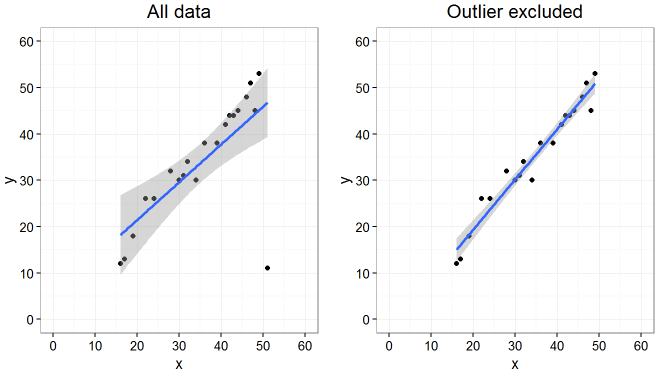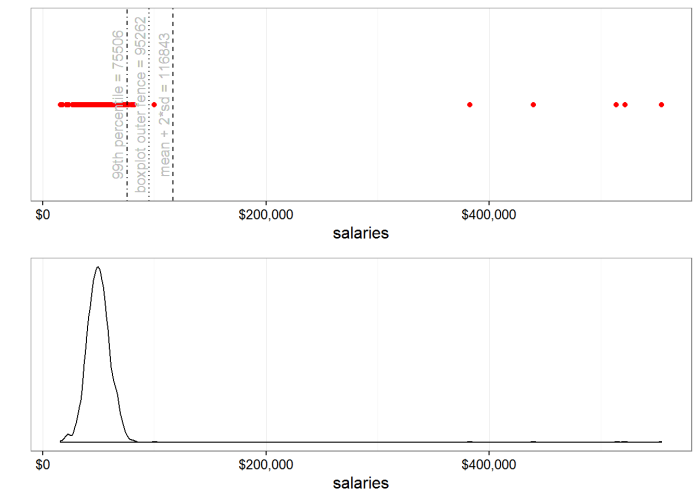I don’t like meetings. Too often they are a waste of my time. I think Dilbert agrees! Meetings are like pretend work, the full calendar and the flurry of activity gives the illusion of productivity even though the output from many meetingmongers is low. But I must begrudgingly admit that meetings are a necessary evil in my workplace. At the very least we need to communicate progress (or lack thereof) and status to stakeholders. So if you must call or attend a meeting, and sometimes you must, here are some tips for a smoother ride:
- Focus on other people in the group, in particular the key stakeholders like your client or boss. Ask yourself what do they need to get out of this meeting rather than what do you need. Listen to them and if you communicate everything clearly the meeting might be cut short and you could save yourself the dreaded “follow-up meeting”.
- Agendas are important but we often don’t have time to create one. As a minimum state the purpose and outcomes for the meeting. This could be as short as one sentence each and if nothing else it will help you to focus. If someone else set the meeting without an agenda and you have no idea what the purpose and desired outcome are – be ballsy and politely ask them.
- Don’t assume people read attachments you send them before meetings. Do you read every attachment sent to you? Of course not! Be respectful and highlight the top three issues – interested parties can read further if they like.
- If attendees are new to the location give clear and concise instructions regarding parking, traffic, building layout, etc. This saves time for everyone. You don’t want people turning up late and flustered, disrupting proceedings and requiring a repeat of issues already discussed.
- A quick roll call for key attendees can be helpful and, if the group is new, a rapid icebreaker can help people to connect. But if it’s a recurring meeting, introductions can quickly become banal.
- Stay focused on the meeting outcome. It might even help to start from there and work backwards.
- A short meeting is a good meeting. Everyone is happy when a meeting finishes earlier than the stated end time. Reverse is also true. Give yourself a little buffer time – like airlines do!
- Try, really try hard, to not call a meeting unless necessary.




